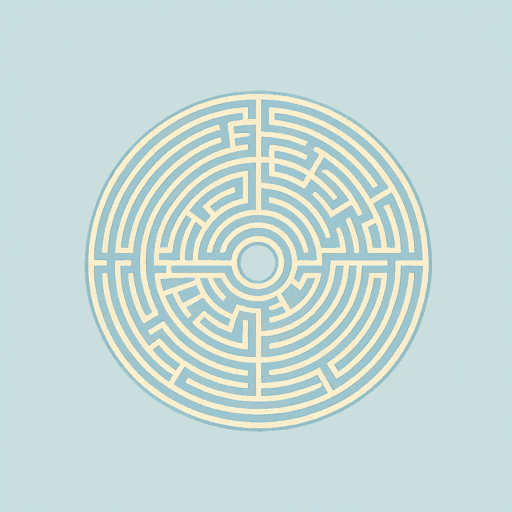44 pages • 1 hour read
Octavio PazThe Labyrinth of Solitude
Nonfiction | Essay Collection | Adult | Published in 1950A modern alternative to SparkNotes and CliffsNotes, SuperSummary offers high-quality Study Guides with detailed chapter summaries and analysis of major themes, characters, and more.
Chapters 1-3Chapter Summaries & Analyses
Chapter 1 Summary: “The Pachuco and Other Extremes”
Chapter 1 begins with a meditation on the nature of human existence, which Paz claims is always beset by a sense of its alienation from itself and its world. Being a self-conscious being, Paz suggests, entails recognizing one’s self as singular and thus somehow separate from others. He names this condition “solitude.” No less fundamental to human existence is our desire to overcome this state through acts which achieve a sense of unity and significance which transcends the limits of this solitude, a state which Paz calls “communion.” All human life is comprised of the back-and-forth movement (or “dialectic”) between these two poles.
The pachuco represents an “extreme” expression of Mexican solitude. Through “masks” of “grotesque dandyism and anarchic behavior,” the pachuco neither seeks to participate in older Mexican traditions, nor to assimilate to those of the North American culture in which he finds himself immersed. The pachuco’s exaggerated resistance to North American cultural norms singles him out as a target of violence and criminalization: he is like prey that intentionally attracts the attention of the hunter (17). Somewhat perversely, it is only through persecution that the pachuco can attain a fleeting experience of “communion” that breaks through his sense of solitude and connects him to the North American world where he lives.
Related Titles
By Octavio Paz
Featured Collections
Books that Feature the Theme of...
View Collection
Colonialism & Postcolonialism
View Collection
Hispanic & Latinx American Literature
View Collection
Nation & Nationalism
View Collection
Philosophy, Logic, & Ethics
View Collection
School Book List Titles
View Collection
Sociology
View Collection
Women's Studies
View Collection



